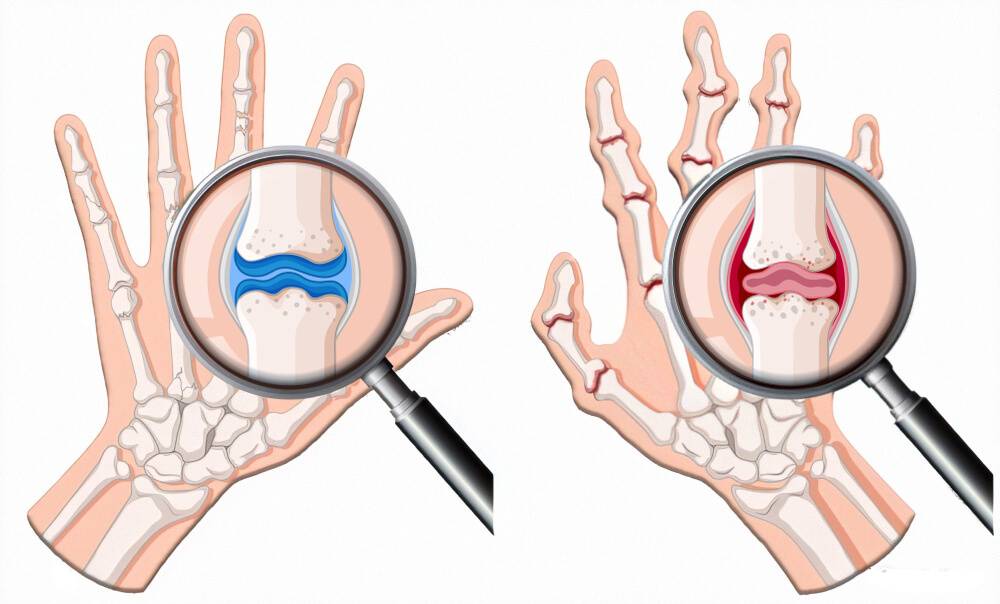What happens in the body of an individual with Rheumatoid Arthritis?
A) Autoimmune Type

Autoimmune conditions are those in which certain antibodies have been produced that attack the healthy cells of the body. This is usually due to a defect in the genetic machinery of the body, which codes for these ‘autoimmune antibodies,’ making the body suffer. Since it is the body’s cells that are against the normal functioning cells, it gets very hard to get rid of these antibodies out, as the system keeps producing more of them. The specific antibodies that are created in the case of Rheumatoid Arthritis are against the citrullinated proteins.
Citrulline is an amino acid that works as a building block of the body. Each amino acid is incorporated into the body by attaching, forming a big protein complex. The antibodies produced in individuals suffering from Rheumatoid Arthritis end up producing antibodies against these amino acid molecules. These antibodies see citrulline molecules as a foreign body and attack them, to destroy them. These antibodies are called ACPA (anti-citrullinated protein antibodies). As soon as ACPA molecules get attached to the molecules of citrulline, the complement system gets activated. This in turn triggers the entire inflammatory pathway. This way the body thinks it is under some form of threat, destroying the normal cells of the body even more.
The titers of ACPA can stay in the body and can be tested in the blood for up to 10 years before the clinical symptoms of Rheumatoid Arthritis appear. The body takes time to increase the concentration of both ACPA and cytokine levels, which becomes a determining factor for the diagnosis of this disease in the later stages.
The cells of the joints are the main target of ACPA, therefore the fluid present between the joints (synovium) is filled with inflammatory cells and their debris. Chronic inflammatory cells also invade this space and the number of chemokines and tumor necrosis factors also increases considerably. The connective tissue of the joint capsule made up of fibroblast works with the inflammatory cells to erode the bone. This erosion of bone is the hallmark of the development of Rheumatoid Arthritis.


